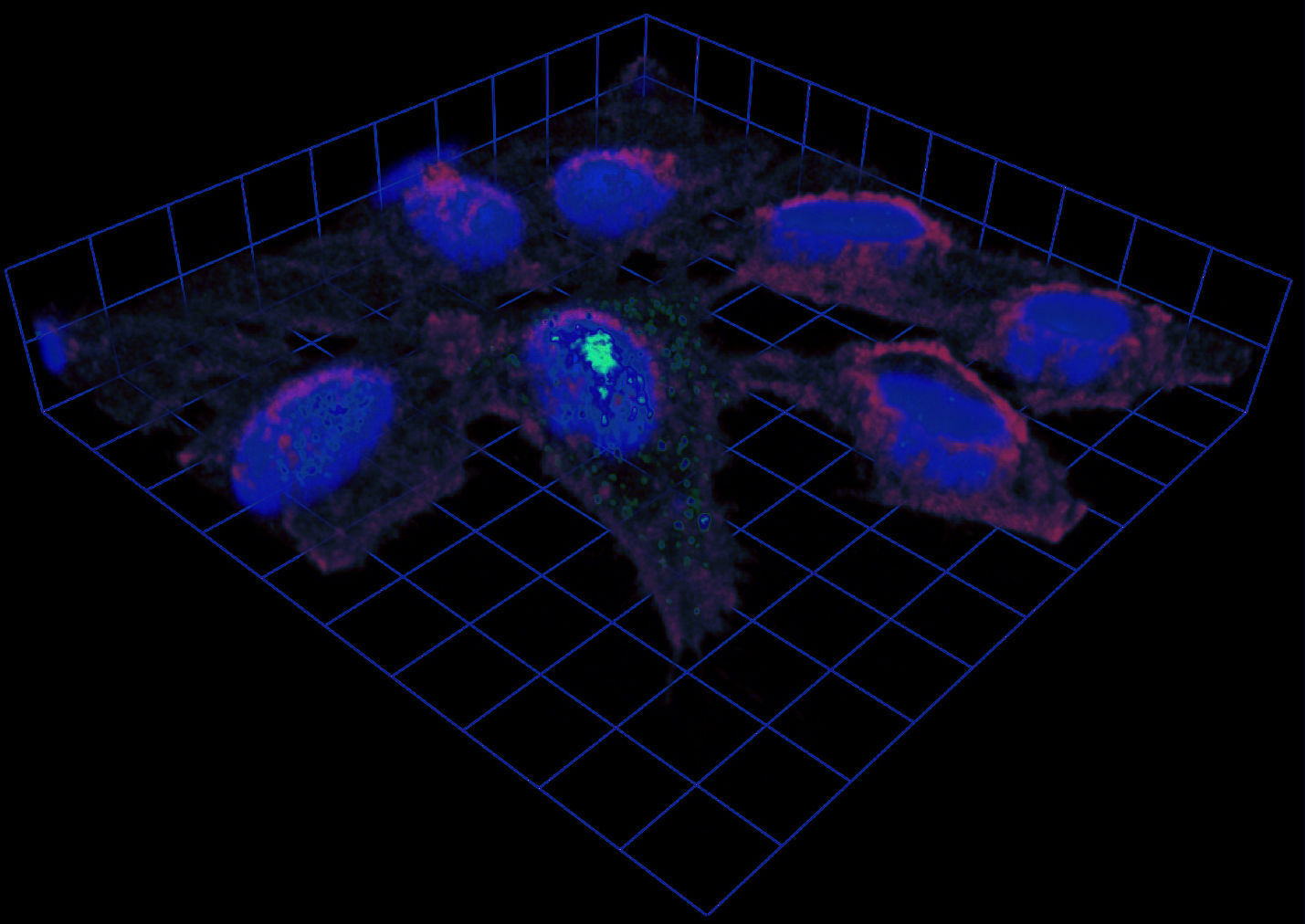
Paramyxovirus Matrix Protein
Paramyxovirus assembly and budding is orchestrated by the matrix protein (M), which associates with the inner leaflet of the plasma membrane, and recruits the ribonucleoprotein complex and the transmembrane glycoproteins to nascent virions. For some Paramyxoviruses, including Nipah virus (NiV), expression of M alone is sufficient for budding of viral-like particles (VLPs).
We have recently demonstrated that NiV VLP budding is enhanced by the accessory C protein, via recruitment of the host cell ESCRT (endosomal sorting complex required for transport) machinery1. The ESCRT pathway catalyzes cellular membrane scission events, and is known to be exploited by various viruses, including HIV-1, to facilitate the energetically unfavorable membrane separation required for progeny virions to bud from the host cell. Previous studies investigating the requirements for NiV budding of VLPs driven by ectopic expression of M alone had suggested NiV budding could occur independently of the ESCRT machinery. However, we have now demonstrated that in the context of live NiV replication, budding is ESCRT-dependent, and identified an unexpected role for a viral accessory protein in promoting viral release.
The Nipah virus matrix protein traffics through the nucleus during infection. 3D confocal micrograph of HeLa cells infected with Nipah virus for 12h. The viral matrix protein is shown in green, nuclei in blue, and the F-actin cytoskeleton in red.
While the known function of M is to coordinate and scaffold virion budding at the plasma membrane, we found that, surprisingly, M is targeted to the nucleus at early stages during NiV infection2, 3. Nuclear and sub-nuclear trafficking of M is tightly regulated by ubiquitination, and nuclear import and subsequent export are absolutely required for virion budding. This transient nuclear targeting of M and hijacking of the cellular ubiquitination machinery is conserved amongst M proteins from many paramyxoviruses, implying biological importance. We are currently investigating both the molecular details of the host cell pathways exploited by M to mediate this nuclear sojourn, and the putative non-structural roles of M in the nucleus. We are using a comparative analysis of M proteins from several paramyxovirus genera in order to reveal conserved requirements for host pathways, in order to advance our understanding of paramyxovirus-host interactions, which can be exploited to identify potential drug targets and inform vaccine strategies.
References
Park A, Yun T, Vigant F, Pernet O, Won ST, Dawes BE, Bartkowski W, Freiberg AN, Lee B. 2016. Nipah Virus C Protein Recruits Tsg101 to Promote the Efficient Release of Virus in an ESCRT-Dependent Pathway. PLOS Pathog. 12:e1005659.
Pentecost M, Vashisht AA, Lester T, Voros T, Beaty SM, Park A, Wang YE, Yun TE, Freiberg AN, Wohlschlegel JA, Lee B. 2015. Evidence for Ubiquitin-Regulated Nuclear and Subnuclear Trafficking among Paramyxovirinae Matrix Proteins. PLOS Pathog. 11:e1004739.
Wang YE, Park A, Lake M, Pentecost M, Torres B, Yun TE, Wolf MC, Holbrook MR, Freiberg AN, Lee B. 2010. Ubiquitin-regulated nuclear-cytoplasmic trafficking of the Nipah virus matrix protein is important for viral budding. PLoS Pathog. 6:e1001186.

